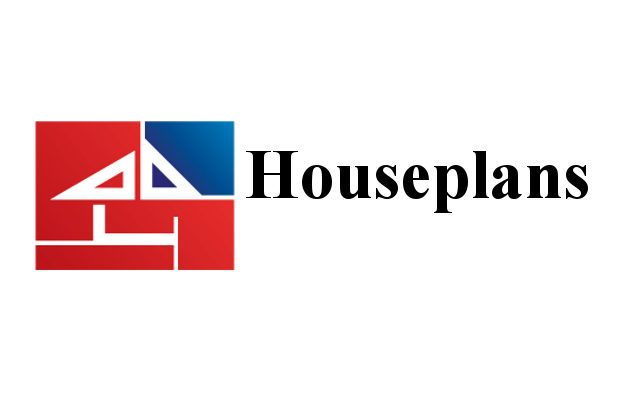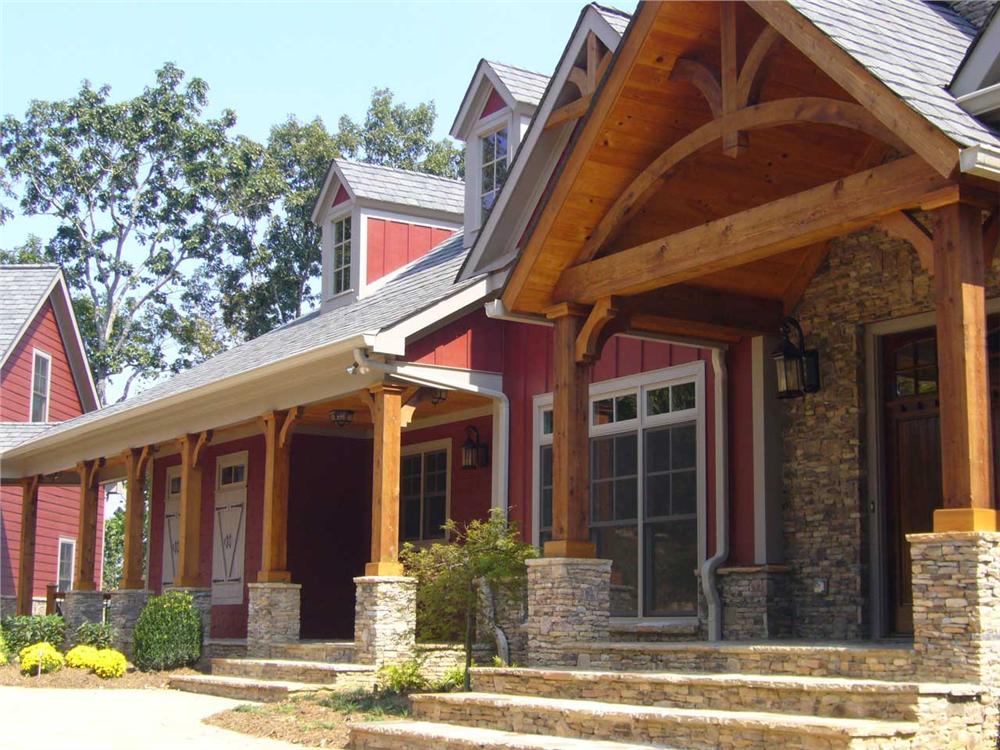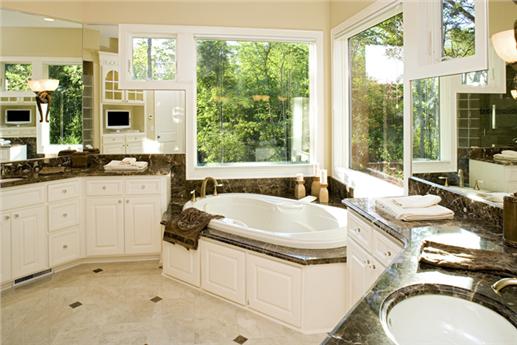An important aspect of sustainability is preserving the buildings we can and transforming them into renewed and efficient structures. The unfortunate reality is that remodeling can be a tiring and cumbersome process that leaves a bad taste in your mouth (that’s the mold). Thankfully, remodeling homes is now being recognized and aided. The USGBC and the ASID (that’s the US Green Build Council and the American Society of Interior Designers), the two premier organizations in their respective fields, have joined forces to offer guidelines that cultivate green practices and support proper planning.
Titled REGREEN Residential Remodeling Guidelines and released last weekend at the Interiors 08 conference in New Orleans, the 182 page document covers topics such as home performance, major addition, gut rehab, and deep energy retrofit. In the interest of definitions, the guidelines state that “green remodeling is the design and construction of projects that reduce environmental impacts of remodeling, including energy, water, and materials consumption; waste generation; and harmful emissions, both indoors and out.†Clearly the effort is focused on a whole-systems approach, denouncing the thought that bamboo floors and recycled glass countertops make a home ecologically responsible. Planning is stressed, and the document is presented in a project-based approach, helping the reader see similar projects, including case studies, and hear comments of those involved. The format is designed to offer specific and thorough help with examples and an extensive strategy library. Consider this a must-have for anyone tackling a remodeling project.
Perhaps my favorite aspect of this guideline is that it’s a guideline. Don’t confuse this with the USGBC’s LEED for Homes. This is not a certification program, just some helpful hints from those who know the most. In a residential situation, certification doesn’t always make sense. Homeowners can still know they’re following the experts without spending extra money on a certificate that doesn’t hold any real value. Now certification will probably help out your equity, and I can see the importance of LEED for Homes with new construction especially. This may become an issue of codes before long. However, the reassurance that we don’t always need to be labeled by the state is a good thing.
Thanks to the USBGC and the ASID. This may be one of the most important steps in the battle for middle-class earth we’ve taken so far.









